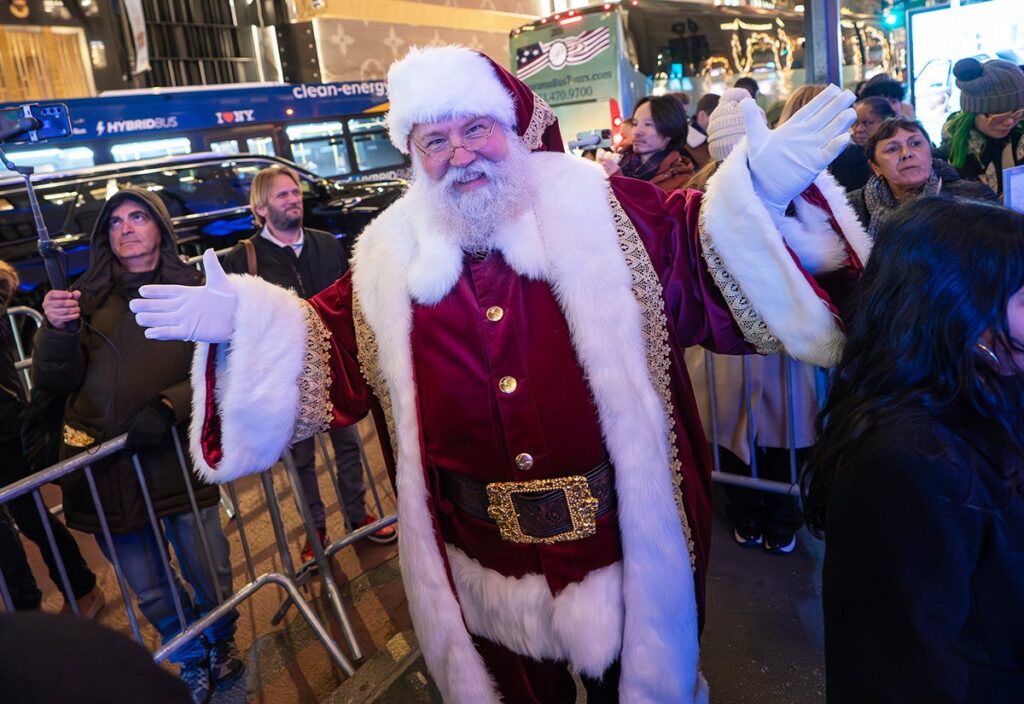(Direct Newsline)—Standard mailers would have to fork over some 9% more in postage costs under the U.S. Postal Service’s just-announced rate case filing with the Postal Rate Commission. First class stamp prices would go up by 3 cents.
In addition, magazine postage would rise 11.4% and 5-ounce automated catalog rates would increase from 32.1 cents per ounce to nearly 34 cents.
The proposed hikes drew no applause from direct mail trade groups.
“The decision by the postal service to raise postage rates early in 2007 comes as no surprise, and serves as another reminder that without passage of the first comprehensive postal reform bill since 1971 we can expect large rate increases every year for decades to come,” said Bob McLean, executive director of the Mailers Council.
“The postal service is asking for all the increases they’ve been looking for since 2002,” added Association for Postal Commerce president Gene Del Polito. “When [the hikes] all finally take effect in 2007, they will be way ahead of the rate of inflation. Wasn’t the purpose of postal reform to keep rates within the rate of inflation?”
“We urge the White House to join with the chairmen of the two postal oversight committees and support passage of [reform legislation],” continued McLean. “Otherwise, they will be held accountable for helping price the postal service out of existence.”
The House and Senate have yet to set up a conference committee to resolve differences between their respective postal reform bills H.R. 22 (passed last year) and S. 662, just passed in February.
Contributing to the need for the filing were higher fuel and health-care costs, the USPS claimed. Last year the postal service spent $6.6 billion on health benefits, some $437 million more than in 2004.
“The postal service is not immune to the cost pressures affecting every household and business in America,” said Postmaster General Jack Potter in a statement.
However, as part of the rate package, the USPS requested a “forever stamp”—a special first class stamp that would be usable in perpetuity, no matter how many future rate hikes take place. This would “help ease the transition to any future price adjustments,” said Board of Governors Chairman James C. Miller III in a statement.
Even with that boon thrown in, the proposal failed to satisfy the Direct Marketing Association. Jerry Cerasale, the DMA’s senior vice president for government affairs, noted that “this latest increase would mean millions of extra dollars in costs for commercial mailers and nonprofit organizations.”
In addition, the DMA criticized a presumed USPS plan to “move to an annual cycle for rate adjustments.”
While the trade group supports annual predictable rate adjustments, it feels that they should be tied to the inflation rate.
“Today’s proposed increases, and the ones that went into effect in January, are far higher than the current rate of inflation,” Cerasale said. “Moreover, with annual increases, there is no need for a contingency provision, which in today’s filing is approximately $700 million.”
Charley Howard, Harte-Hanks’ vice president for postal affairs, also criticized the proposed hikes.
“From what I can see so far, it seems the postal service realizes that first class volume is not rising and that standard mail may have to absorb more of its institutional costs,” he said. “I’m surprised I didn’t see more of that in this rate case.”
Negative comment also came from Capitol Hill.
“I am disappointed the [USPS] Board of Governors did not see fit to wait until comprehensive postal reform legislation becomes law before making a decision on whether to seek rate increases,” said Rep. Tom Davis, R-VA and chairman of the House Government Reform Committee, in a statement. “The bill that emerges from the House-Senate conference will most likely significantly alter the postal service’s costs and may alter the process by which rate cases are decided.”
The USPS proposal, outlined in a press conference Wednesday, also creates an adjustable rate system by giving mailers the opportunity to obtain lower rates as they find ways to configure their mail into shapes that cut processing costs for the postal service.
Under the USPS plan, the current eight-ounce standard mail parcel rate of 79.4 cents would go up 64% to $1.30. The postal service said mailers could mitigate the impact by taking advantage of drop-ship discounts (which the USPS said would be increased to provide greater incentives) or redesign the parcel as a flat and then drop ship.
The USPS noted that standard mail flats, such as CDs and DVDs now mailed in jewel boxes, would be defined as a processing category in between flats and parcels in the proposed structure. The price would jump 78% for a jewel box mailed at standard mail rates.
But these shape-based proposals could nearly double postage costs for churches that send out boxes rather than envelopes, said Ellenor Kirkconnell, acting executive director for the Alliance of Nonprofit Mailers.
She noted that one new fee the USPS is proposing–a brand-new 85-cent container charge for palleted mailings–may affect some smaller nonprofit mailers more than larger ones because they might have to truck their shipments to drop-ship facilities far from their offices.
And the USPS wants to boost the rate for a national fundraising letter from 14 cents per ounce to 16.2 cents.





